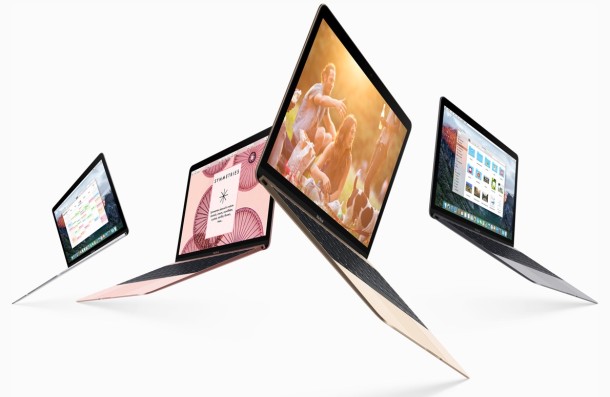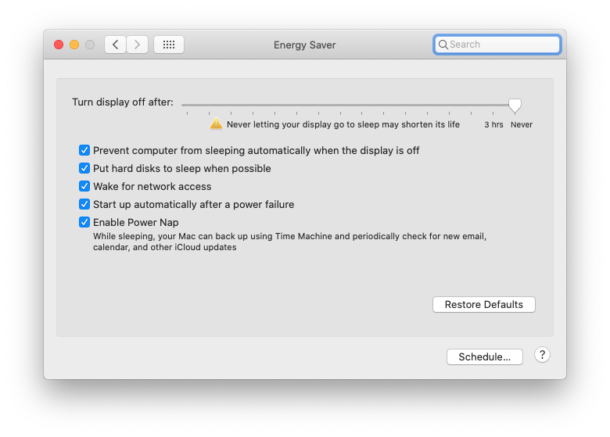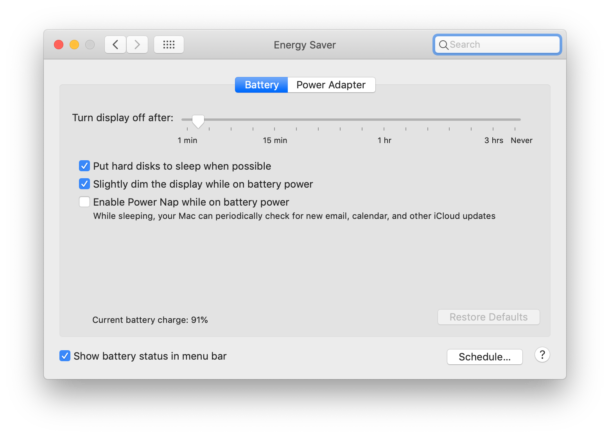How to Use Energy Saver Settings on Mac for Better Battery & Power Management

If you’re using a desktop Mac, like an iMac or Mac Pro, you’re probably less concerned about power management than someone using something like a MacBook. But there are still chances to reduce your home electricity bill, too. You’d be surprised the difference tweaking a few macOS settings can make, especially if you’re someone who leaves their computer and display on 24/7. Here, we’re going to go through some of the settings you might want to take a look at for improving power management on the Mac.
All of these settings live in the Energy Saver area of your Mac’s Preferences app, and the options you see will vary depending on what computer you are using. The screenshot was taken on a 2018 MacBook Air, and the other on a 2018 Mac mini, but if you’re using a MacBook, MacBook Pro, or MacBook Air you’ll see different settings for battery power. Notably, you’ll have two panes – one will be for when your computer is running on battery, the other for when it’s on power.
With that said, here is generally what a Mac’s energy-saving options look like, the screenshot is from a desktop Mac, but further below you’ll see a screenshot for a Mac laptop. We’ll also run through what all the options do.

Now let’s take a look at the options and what they do.
“Turn the display off after” – This tells your Mac when to turn off the display. If that’s an internal display it will be turned off completely. If you’re using an external display it will likely enter low-power mode. You can wake it up by pressing a key on the keyboard or by moving the mouse.
“Prevent the display from sleeping automatically when the display is off” – This is a way to ensure your Mac stays powered on and awake, even if your Mac puts its display to sleep.
“Slightly dim the display on battery power” – This will automatically reduce display brightness when the Mac is running on battery power. This is limited to Mac laptops, of course.
“Put hard disks to sleep when possible” – This option is left over from when all Macs had spinning hard disks in them. That isn’t really the case anymore, but if you’re using an external hard disk or have a Mac Pro with internal spinning disks, this option will turn them off when they aren’t being used.
“Wake for network access” – Most people will not need this, but if you have a media library or other shared resource – like a printer – this checkbox enables another computer to wake your Mac up if it’s needed.
“Enable Power Nap” – Power Nap allows your Mac to be woken from sleep to carry out some functions, like running a Time Machine backup or sending and receiving email. The display won’t be turned on when this happens and Power Nap only wakes a computer if it is plugged in, too.
“Start up automatically after a power failure” – This instructs your Mac to automatically power back on once power is restored if it wasn’t correctly shut down. It’s great for those with flakey power but also need their computer to be on 24/7.

Making use of energy-saving options is still a good idea even if you’re using a Mac that is always plugged in. Apart from saving money, turning your display off when not being used will hopefully make it last longer and the same definitely goes for things like spinning hard disks, too.
This guide is based on macOS Catalina and the latest and greatest versions of macOS at the time of writing.
If you are new to macOS Catalina 10.15 and later you might need to learn a few things like how to back up an iPhone or iPad, for example. Sidecar is also a big addition to macOS Catalina and you absolutely should be making use of it.


Good tips for users – battery management is critical on a portable anything.
One of the conservation tips I always suggest is to lower the glaring brightness of the display – you’d be surprised how many people just keep the screen at maximum retina burning levels. Also the keyboard brightness, which may be minimal in battery consumption but nonetheless it is sucking juice.
cheers!
Error:
The bold text “Prevent the display from sleeping automatically when the display is off”, should of course read “Prevent the COMPUTER from sleeping automatically when the display is off”.
I think you should fix this.
Cheers,
Paul